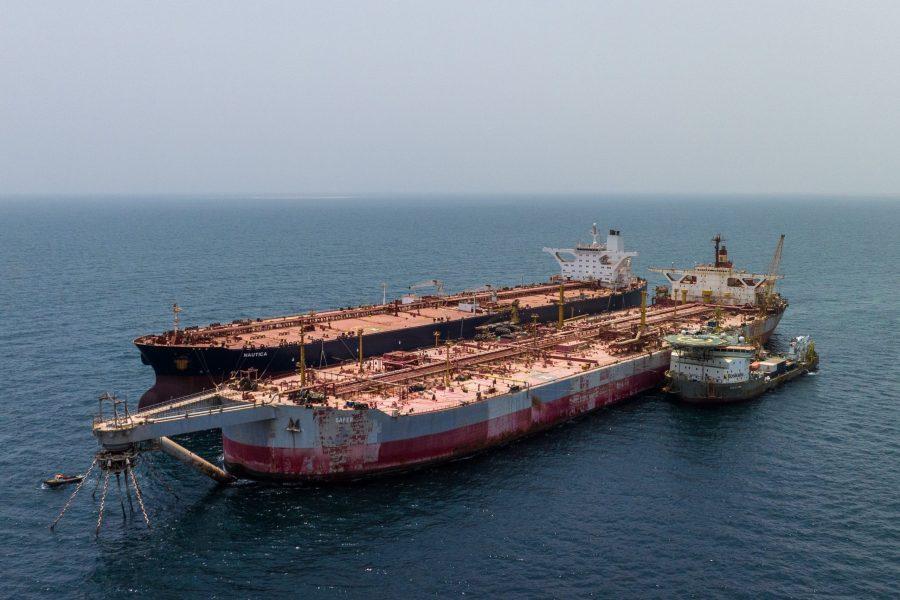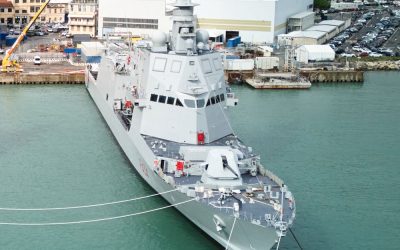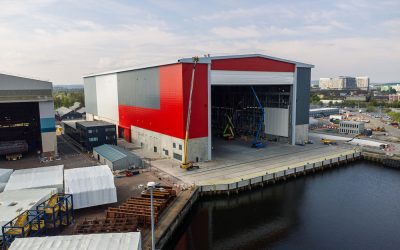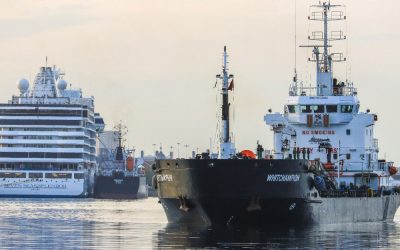The salvage of the stricken oil tanker FSO Safer reached another milestone recently as the transfer of oil from the vessel finally got underway. The floating storage and offloading unit (FSO) is located 4.8 nautical miles off the coast of Yemen. The vessel has been increasingly deteriorating since it was abandoned in 2015.
Dutch salvage company company SMIT, a subsidiary of Boskalis, is managing the operation on behalf of the IMO and the United Nations Development Programme. The former is on standby to provide technical support and has assisted in providing specialised oil spill response equipment.
Since 1988 the vessel has been moored at Ras Isa where it was processing oil from the Marib oil fields. Safer is owned by Yemen’s national oil company, the Safer Exploration & Production Operation Company (SEPOC). Oil operations involving the vessel were suspended in 2015 due to the start of the conflict in the country. According to IMO, an estimated 150,000 MT (around 1.1 million barrels) of crude oil were left onboard. This is four times the amount spilled during the Exxon Valdez incident in 1989.
SMIT has moored the VLCC Yemen next to Safer and begun to transfer off the oil stored onboard. Yemen is being assisted by the tugs SL Aden and SL Manakin and Boskalis’ multipurpose support vessel Ndeavor, which remained alongside the FSO to keep it in position during the mooring operation. Oil booms have also been installed on the bow and stern between Yemen and Safer as a safety precaution.
Gas measurements were taken and the vessel was declared “safe to access” which meant that critical inspections of Safer and its deck machinery could be conducted by the salvage team, along with assessments of the structure of the hull. Mobile inert gas generators were also been installed on the deck in order to render the oil tanks inert in readiness for the oil transfer operation.
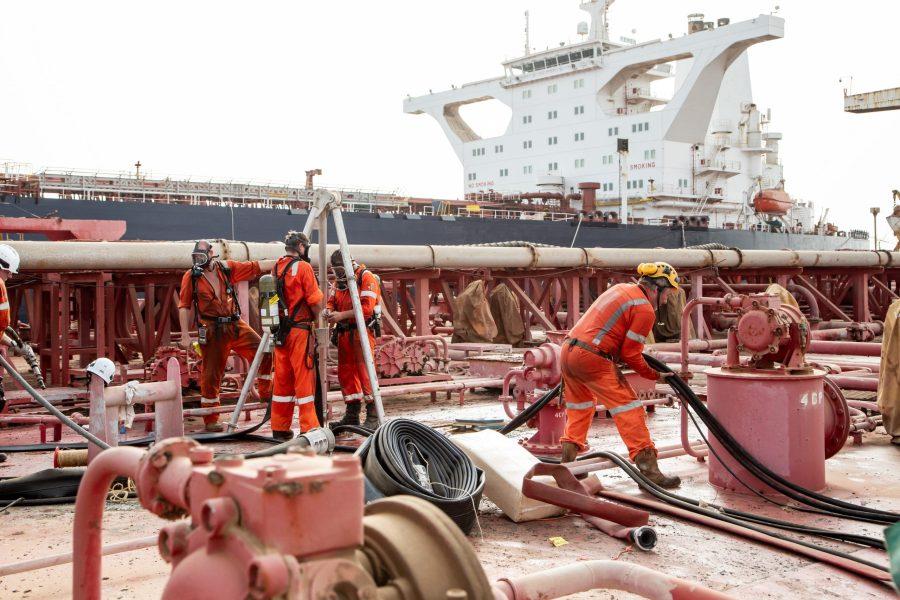
The entire oil transfer operation is expected to take between two and three weeks. Source: Boskalis
The rapid deterioration of the vessel has long been cause for concern. Environmental group Greenpeace has described the abandonment of the FSO as a “shipwreck in slow motion.” An oil spill in the region would have devastating consequences for the marine ecosystems, as well as the communities adjacent to the Red Sea. Due to the vessel’s condition it is possible that a major oil spill could occur at any moment.
Other hazards such as floating sea mines from the ongoing conflict in Yemen also pose a significant threat to Safer’s integrity. Contamination from an oil spill could extend as far as the Bab-El-Mandab strait, with some oil passing beyond the Gulf of Aden. This would quickly overwhelm the capacity of local emergency services in Yemen to respond.
Pumping commenced on Tuesday 25 July at 10.45 local time. Once the oil has been removed from the FSO it will be stored whilst legal issues relating its sale are resolved. It is expected to take 2-3 weeks before the operation is fully completed.
